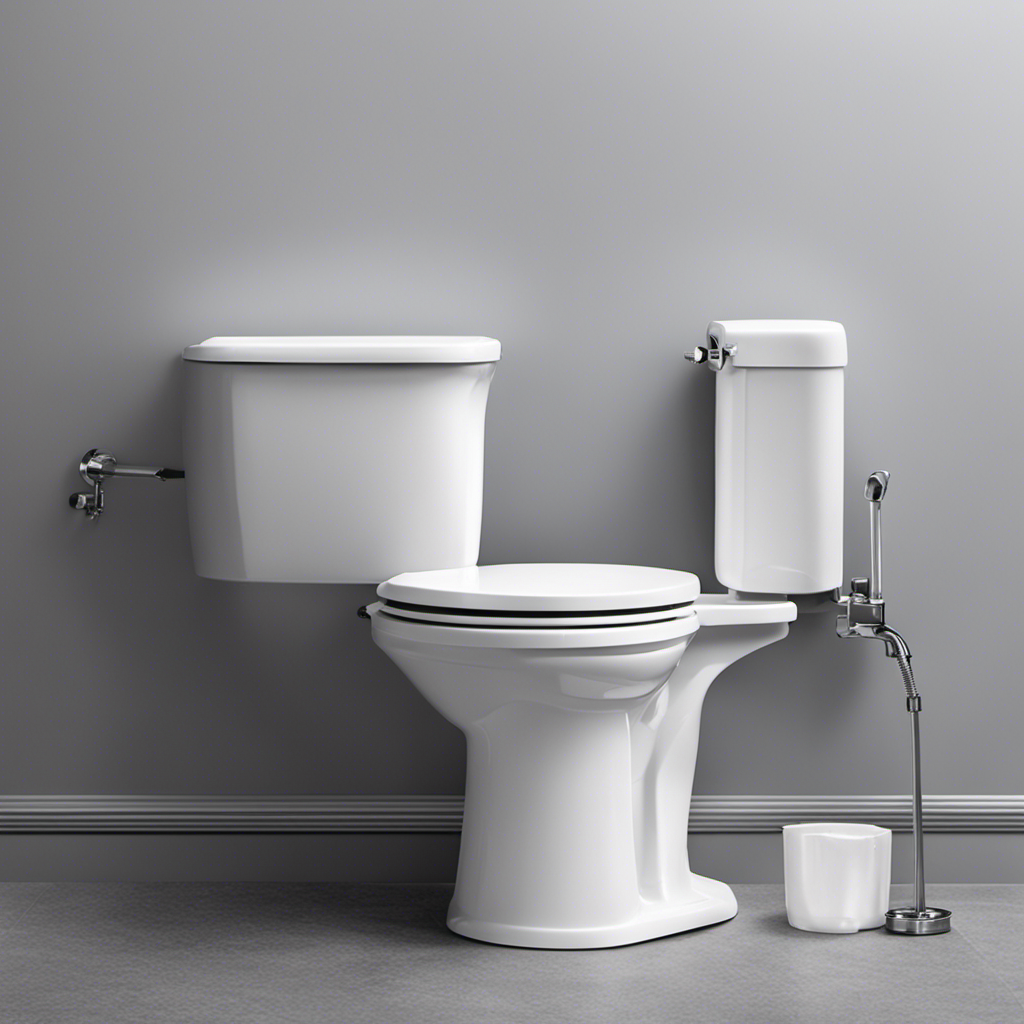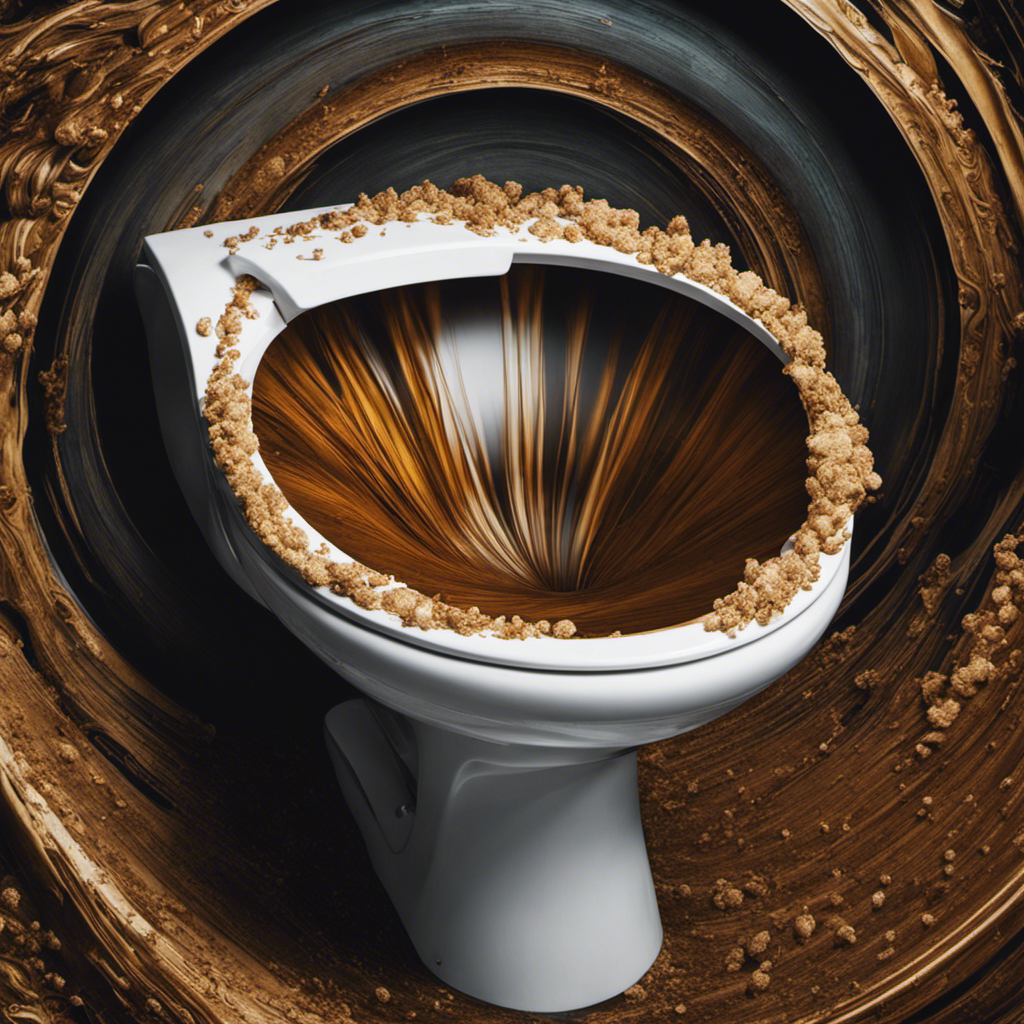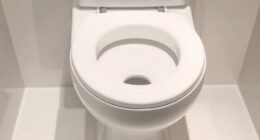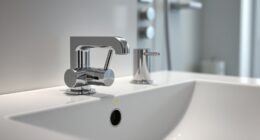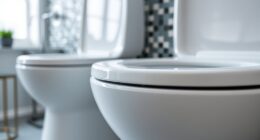Have you ever questioned how to handle a clogged toilet? Don’t worry, we’ve got the solutions.
In this article, we will guide you step-by-step on how to restore the functionality of your toilet.
From checking for visible blockages to using a plunger to create suction, we’ll cover it all.
We’ll even delve into more advanced methods like using a toilet auger and natural enzyme cleaners.
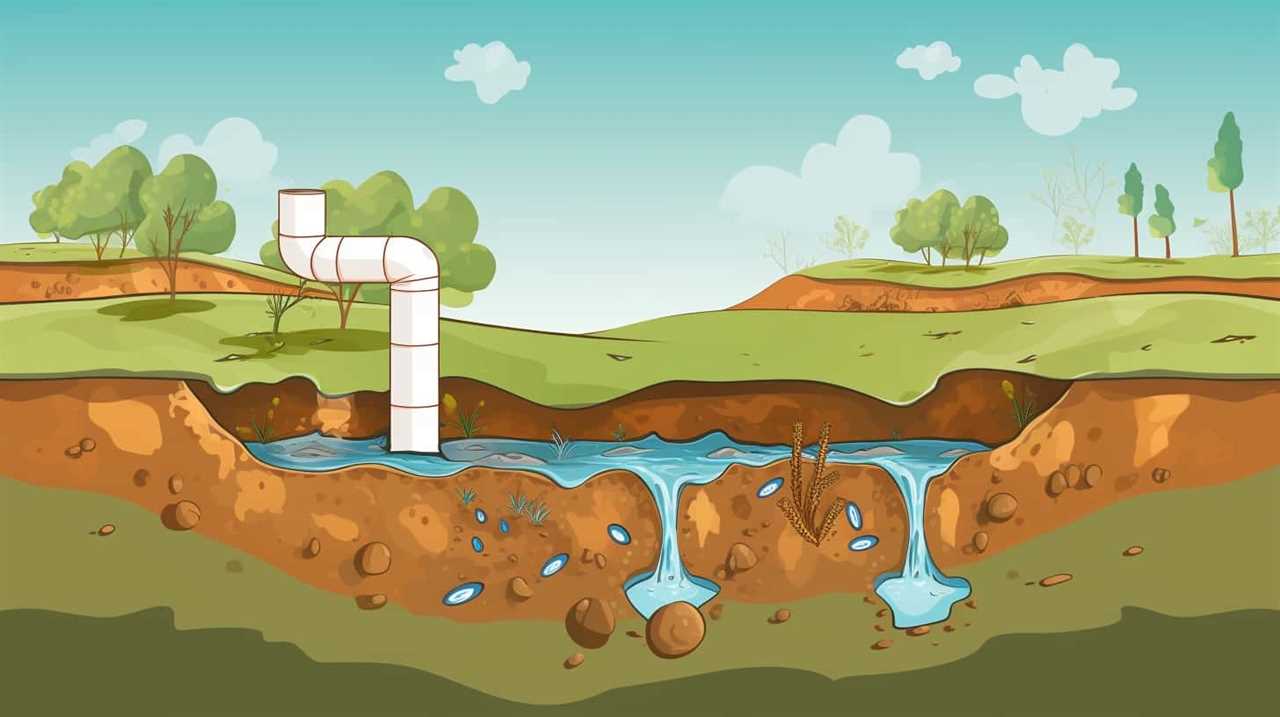
By the end, you’ll be equipped to handle any clog like a true expert.
Key Takeaways
- Visually inspect the toilet bowl and drain hole for any visible blockages or foreign objects.
- Use a plunger with a flange to create suction and dislodge the clog.
- Consider using a toilet auger for stubborn or hard-to-reach clogs.
- If DIY methods don’t work, it’s advisable to call a professional plumber.
Check for Any Visible Blockages
Let’s start by checking for any visible blockages in the toilet. When troubleshooting a clogged toilet, it’s important to identify any obstructions that may be impeding the flow of water.
Begin by visually inspecting the bowl and the drain hole at the bottom. Look for any foreign objects such as toilet paper, sanitary products, or excessive waste buildup.
If you can see a blockage, you may be able to remove it manually using a plunger or a gloved hand. However, exercise caution to avoid causing further damage or pushing the blockage deeper into the pipes.

Use a Plunger to Create Suction
To begin clearing a clogged toilet, we can use a plunger to create suction. This method is effective in dislodging the blockage and restoring proper flushing functionality. Here is a step-by-step guide on how to use a plunger to unclog a toilet:
- Grab a plunger that has a flange, which is the rubber part that forms a seal over the drain opening.
- Place the plunger directly over the drain hole, making sure it covers it completely.
- Press the plunger down firmly, creating a tight seal.
- Begin plunging vigorously up and down, generating suction to dislodge the clog.
- Repeat this motion several times, taking care not to break the seal.
- Once the water starts to drain, flush the toilet to ensure complete clearance.
It’s important to note that using alternative methods, such as chemical drain cleaners, can be harmful to your toilet and pipes. Additionally, common mistakes to avoid when using a plunger include not creating a proper seal or using too much force, which can damage the toilet or cause water to splash out.
Try a Toilet Auger for Tougher Clogs
Moving on from using a plunger, another effective method for clearing tougher clogs in a toilet is to try a toilet auger. A toilet auger, also known as a closet auger, is a specialized tool designed to break up and remove clogs that are difficult to reach or stubborn.
Here are some benefits of using a toilet auger:

- Versatility: A toilet auger can be used to clear clogs in both the toilet bowl and the trapway, making it a versatile tool for clog removal.
- Effective clearing: The long, flexible cable of a toilet auger can reach deep into the toilet drain, allowing it to break up and remove even the toughest clogs.
- Minimal mess: Unlike alternative clog removal methods, such as using a wire hanger or chemicals, a toilet auger is designed to minimize mess and potential damage to the toilet.
Consider Using a Natural Enzyme Cleaner
When dealing with a stubborn clog in your toilet, one effective option to consider is using a natural enzyme cleaner.
Natural enzyme cleaners are specifically designed to break down organic waste, such as toilet paper and human waste, that may be causing the clog. These cleaners contain beneficial enzymes that naturally digest the waste, allowing it to be easily flushed away.
To use a natural enzyme cleaner, simply pour the recommended amount into the toilet bowl and let it sit for the specified time. The enzymes will work to break down the clog, making it easier to flush away.
This DIY toilet unclogging method is environmentally friendly and safe for your plumbing system. It’s important to carefully follow the instructions provided by the manufacturer to ensure proper usage and effectiveness.

Know When It’s Time to Call a Professional Plumber
If the clog in your toilet persists despite using a natural enzyme cleaner, it may be time to consider calling a professional plumber. While many toilet clogs can be resolved using DIY methods, there are times when the expertise of a plumber is necessary.
Here are some signs that indicate it’s time to seek professional help:
- Multiple fixtures are clogged: If you notice that more than one toilet or sink in your home is experiencing clogs, it could be a sign of a more serious issue in your plumbing system.
- Water backup: If water starts to back up into other drains or fixtures when you flush the toilet, it could indicate a blockage in the main sewer line.
- Persistent clogs: If you’ve tried various methods to unclog your toilet but the problem persists, it’s best to let a professional plumber assess the situation and provide a solution.
Frequently Asked Questions
What Are the Common Causes of a Clogged Toilet?
Common causes of a clogged toilet include excessive toilet paper, foreign objects, and buildup of waste. To resolve this issue, we can employ various DIY unclogging techniques or use common solutions available in the market.
Is It Safe to Use Chemical Drain Cleaners to Unclog a Toilet?
Using chemical drain cleaners to unclog a toilet has pros and cons. They can be effective, but may damage pipes. Homemade remedies are an alternative, but their success varies. Consider the environmental impact of chemical cleaners.

Can a Clogged Toilet Cause Any Damage to the Plumbing System?
A clogged toilet can potentially cause damage to the plumbing system. Signs of damage caused by a clogged toilet include leaks, water backups, and slow drains. It’s important to address toilet clogs promptly to prevent further issues.
How Long Should I Wait Before Trying the Next Method if the Previous One Doesn’t Work?
If the previous method doesn’t work, we should wait an appropriate amount of time before attempting alternative methods. However, if all else fails, it may be necessary to call a professional plumber.
Are There Any Preventive Measures to Avoid Toilet Clogs in the Future?
To prevent future toilet clogs, we recommend implementing preventive measures. Regularly cleaning the toilet, using high-quality toilet paper, and avoiding flushing non-flushable items can help maintain a properly functioning system.
Conclusion
In conclusion, unclogging a toilet can be a simple process if you follow the right steps. Remember to check for any visible blockages and use a plunger to create suction.

If the clog persists, try using a toilet auger or a natural enzyme cleaner.
However, if all else fails, it’s important to know when it’s time to call a professional plumber.
Did you know that approximately 75% of toilet clogs can be resolved using a plunger?





